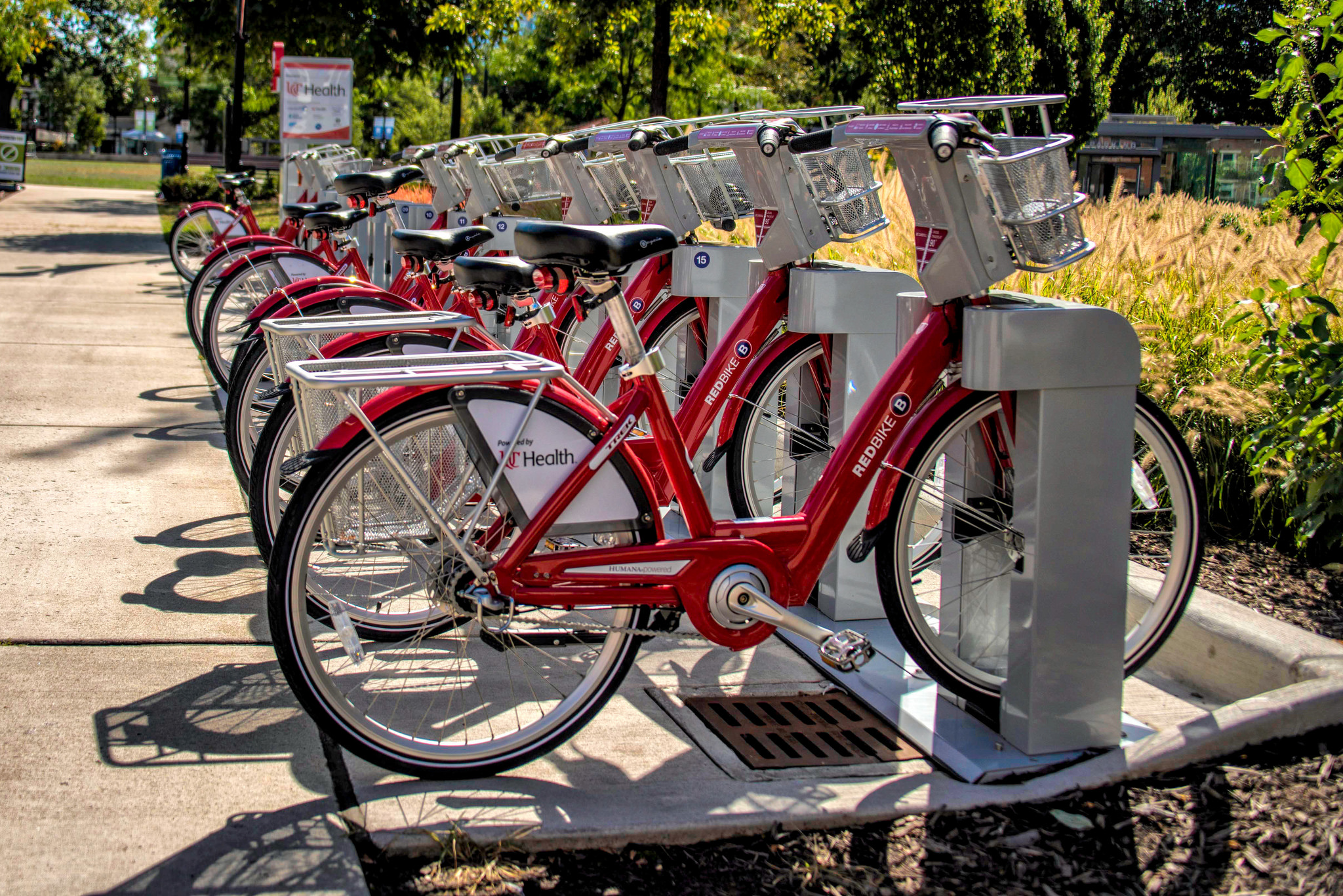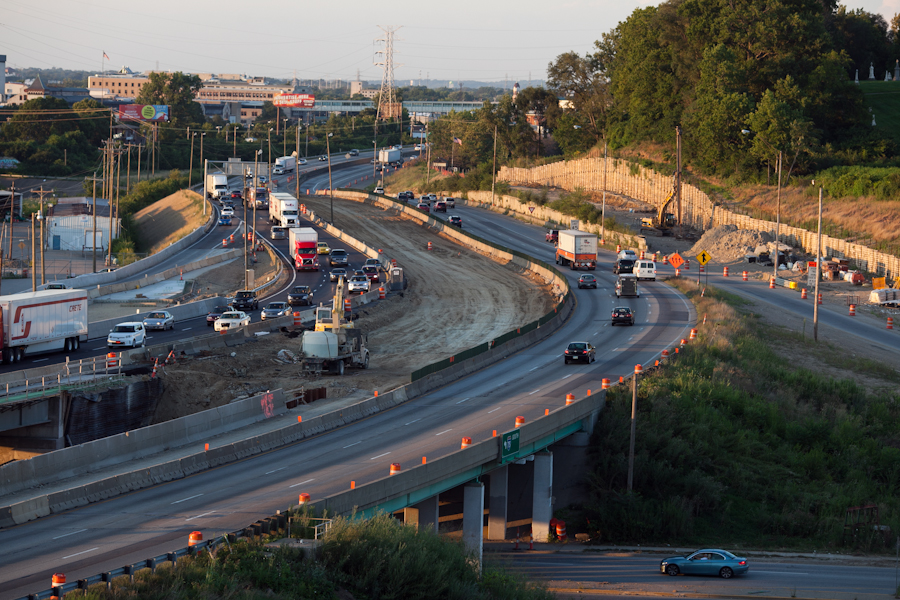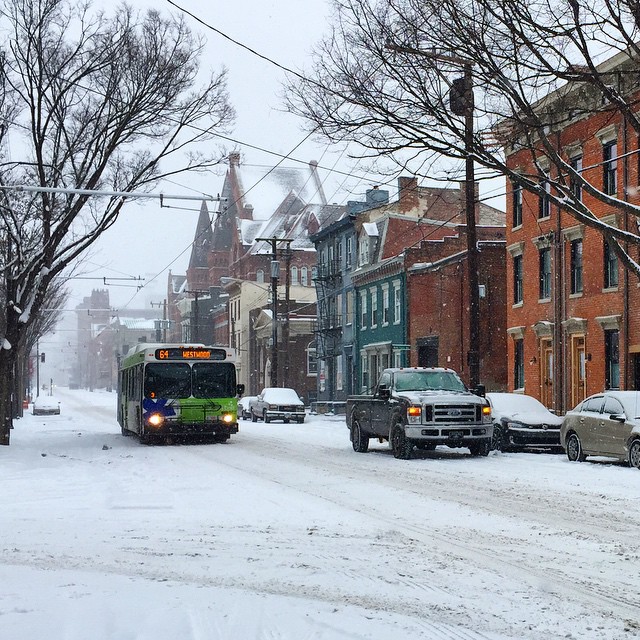Hamilton County has awarded the latest bid package for a variety of trade contracts on the infrastructure work for Phase III of The Banks, which includes a 690-space addition to the Central Riverfront Garage and a one-block addition of other infrastructure south of Freedom Way.
All three contacts were valued at a combined $653,228; and all went to area companies. According to Phil Beck, project executive for The Banks development, Universal Contracting Corporation will perform site work, Geograph Industries will handle signage, and ESI will manage security of the site.
While not particularly large or sexy contracts, project officials say they are representative of the continued progress being made at the massive central riverfront mixed-use development.
“Awarding these contracts for work at The Banks signals that another aspect of the riverfront development is nearing completion,” said Chris Monzel (R), president of the Hamilton County Board of Commissioners. “This phase of the project sets the stage for more economic impact.”
The University of Cincinnati Economics Center has estimated that, once fully completed, the first phase of The Banks will positively impacting the local economy by some $276 million per year – a figure they expect to grow substantially once later phases are built out. General Electric’s new 338,000-square-foot Global Operations Center, alone, is projected to boost the region’s economy by roughly $1 billion annually.
While Hamilton County is overseeing the construction of the infrastructure work at Phase III, the City of Cincinnati and the private development team is making progress on the vertical build of GE’s new building, the 165-room AC Hotel, and 291 apartments and 19,000 square feet of retail within the first two phases of the project.
THP Limited and Burgess & Niple are in charge of the design of Phase III work, while Messer is handling the construction.
As of now, all the infrastructure work being managed by Hamilton County and the City of Cincinnati is $29.3 million within budget; and project officials say that they have achieved 30% Small Business Enterprises participation on all work, but just 17.3% on phase three activities thus far. Beck also says that phase three work is on schedule to be complete by September.






